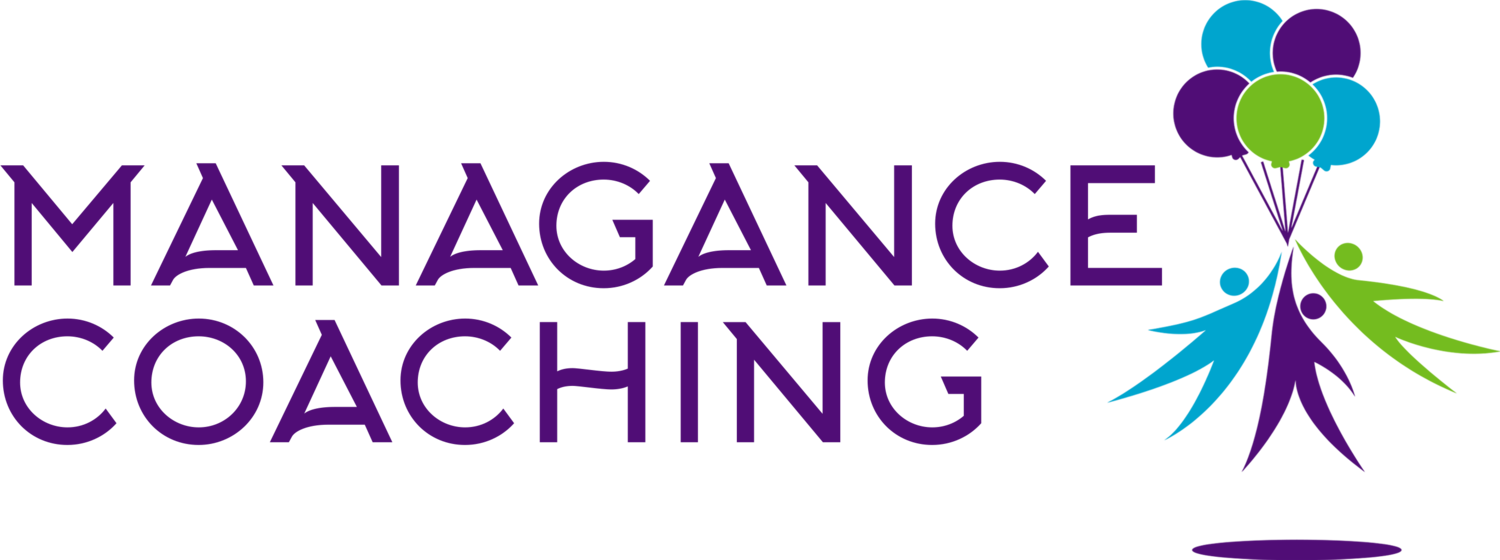Trust Dangerously
Recently I facilitated a discussion with a group I worked with for some time. The conversation was progressing productively. Then someone heard a comment that felt threatening. My further inquiry elicited even more concern. Before I knew it, I lost the trust in the conversation. I now understand from a brain chemistry perspective that cortisol got triggered in all of us and shifted the communication mindset to an angry place for some and to a hopeless place for others. We had to end the conversation to create some perspective and regroup. Can you recall a similar kind of experience? How did it feel to lose your sense of trust?
I had the great fortune to attend LEAD2016, an international conference of human resource professionals dedicated to inspiring positive, productive workplaces. Two keynote speakers focused directly on building and sustaining trust as one of the most crucial success factors for leaders. Bob Anderson, Founder, and CEO of The Leadership Circle, shared the story of Jim McGrane, a leader who learned to “trust dangerously,” taking his teams and companies to levels of accomplishment they never thought possible.[1]
Stephen M.R. Covey, CEO of CoveyLink Worldwide, shared that everything we do, we do better with trust. He makes the business case for trust, suggesting that when trust is low, the speed of producing/performance drops and cost increases. Conversely, when trust is high, the speed of producing/performance increases and costs decrease. He also makes the leadership case for trust, suggesting it’s a top core competency. Low trust contributes to lower levels of energy and joy as a leader. Conversely, high trust increases energy and leader satisfaction. Finally, he suggests that trust is a learnable skill and a function of credibility and behavior.[2] These are both things that leaders can influence in themselves and others.
Brené Brown, Ph.D., LMSW, Researcher, Storyteller, and Author of Daring Greatly[3] and Rising Strong, explains trust this way. “Trust is choosing to make something important vulnerable through telling someone else.” She further explains that the anatomy of trust as “BRAVING” which includes, setting boundaries, doing what you say, being accountable for mistakes, holding confidences, acting with integrity, being non-judgmental, and assuming generous intentions about others’ words and actions.[4]
In Conversational Intelligence, Judith E. Glaser offers a powerful “TRUST” model to restore trust. The five components in this model include being transparent, building a relationship through appreciation and connection, seeking understanding of each other’s perspectives, looking for ways to create success together, and looking at the world from another person’s point of view with empathy and non-judgment.[5]
There is a lot to consider in each element of trust building Brene Brown and Judith E. Glaser offer. Since our brain is always on the lookout for “threats” to protect us against, it’s easy for conversations to become challenging very quickly. Strengthening our trust muscles requires continuous intentional practice for personal well-being and for taking leadership to the next level. Developing the capacity to “trusting dangerously” enables the kind of risk-taking that top nonprofit organization leaders do every day.
Trust is the lubrication that makes it possible for organizations to work.
–Warren Bennis
[1] Anderson, B. (2016) Legacy Leadership: The Jim McGrane Story. At LEAD2016 Conference. Accessible at http://www.leadershipexcellenceanddevelopment.com/content/legacy-leadership-jim-mcgrane-story
[2] Covey, S.M.R. (2016) The Speed of Trust. At LEAD2016 Conference. Accessible at http://www.leadershipexcellenceanddevelopment.com/content/speed-trust
[3] Brown, B. (2012) Daring Greatly: How the Courage to Be Vulnerable Transforms the Way We Live, Love, Parent, and Lead. New York, NY: Avery.
[4] Brown, B. (2015) Rising Strong: The Reckoning. The Rumble. The Revolution. New York, NY: Spiegel & Grau.
[5] Glaser, J. E. (2014) Conversational Intelligence: How Great Leaders Build Trust and Get Extraordinary Results. New York, NY: Bibliomotion.
